Dating confirmed by thermoluminescence test dated November 20, 2015, provided.
The use of a characteristic gray earth and its particularly detailed equipment also correspond to the statuary of the period, although the dark color of the horse's coat is here a rather rare and therefore particularly appreciable element. The saddle richly decorated with a custom-shaped winged carpet or the neckline adorned with bells bear witness to the Wei aesthetic, making it a fine example of a parade horse. Note the particular care given to the harness which is completed by a mobile bell.
In China, the Wei dynasty is made up of nomads of the Tabghatch ethnic group, based in the northeast of Beijing. Their capital was set at Datong at the end of the 4th century AD. Their second capital Luoyang was then the most important Buddhist center in China. This animal has had a central role over the Chinese dynasties, both warlike and nomadic, but its physiognomy has varied widely depending on the period. His features are here specific to the canons of the time (stocky body, massive neck, head with fine and chiseled features, rather small but visibly robust animal.) He is reminiscent of Mongolian horses, which is logical given of the fact that the Wei of the North unified large territories still divided between different tribes, in a territory ranging from the steppes to Central Asia.
Height : 11.81 inches
Length : 9.45 inches






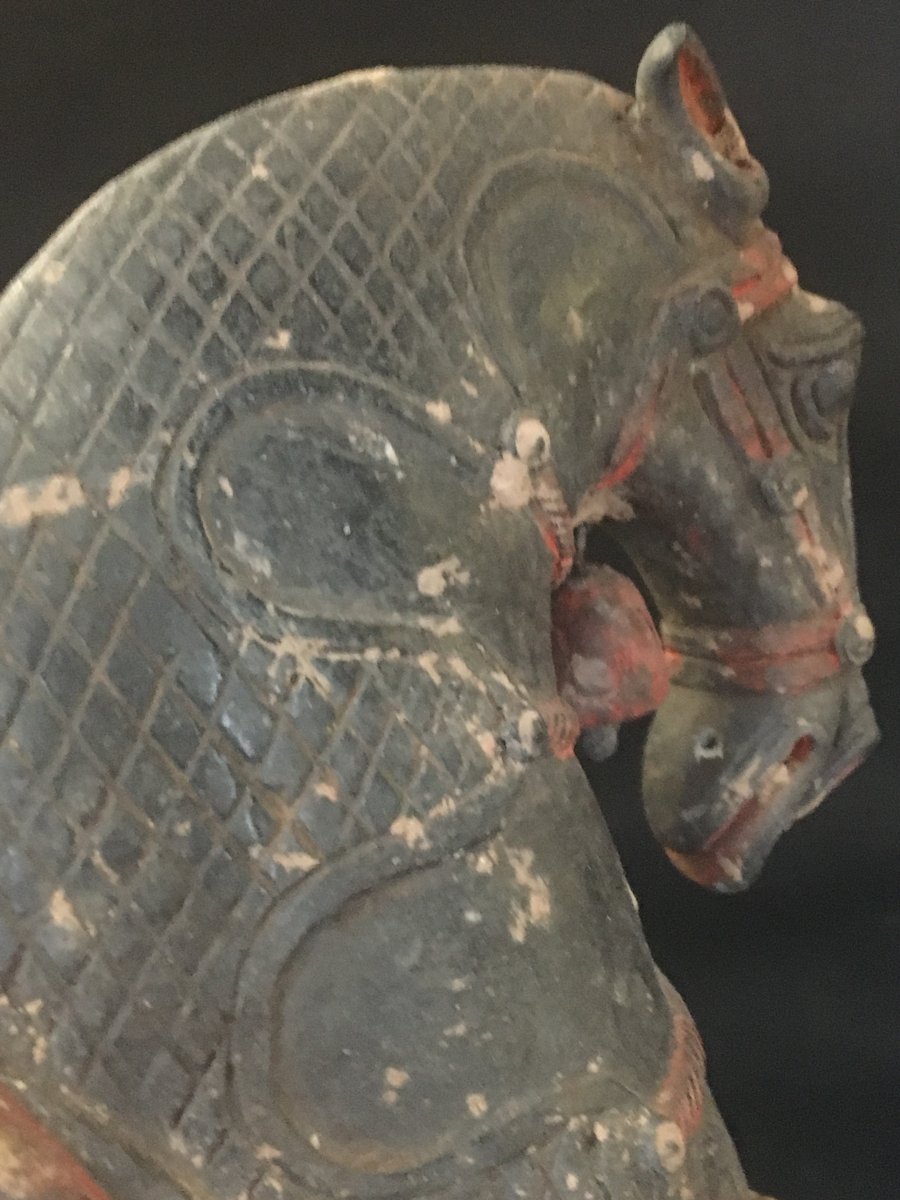
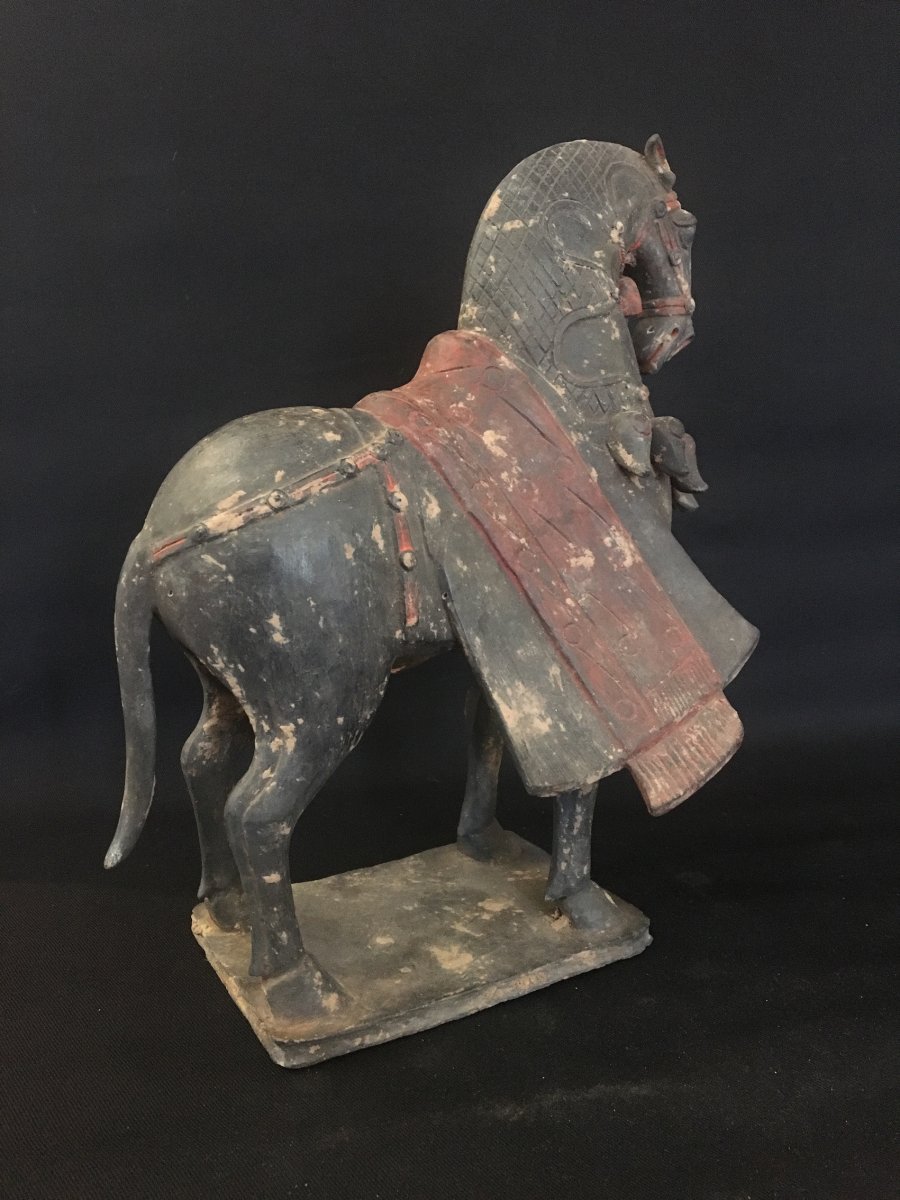
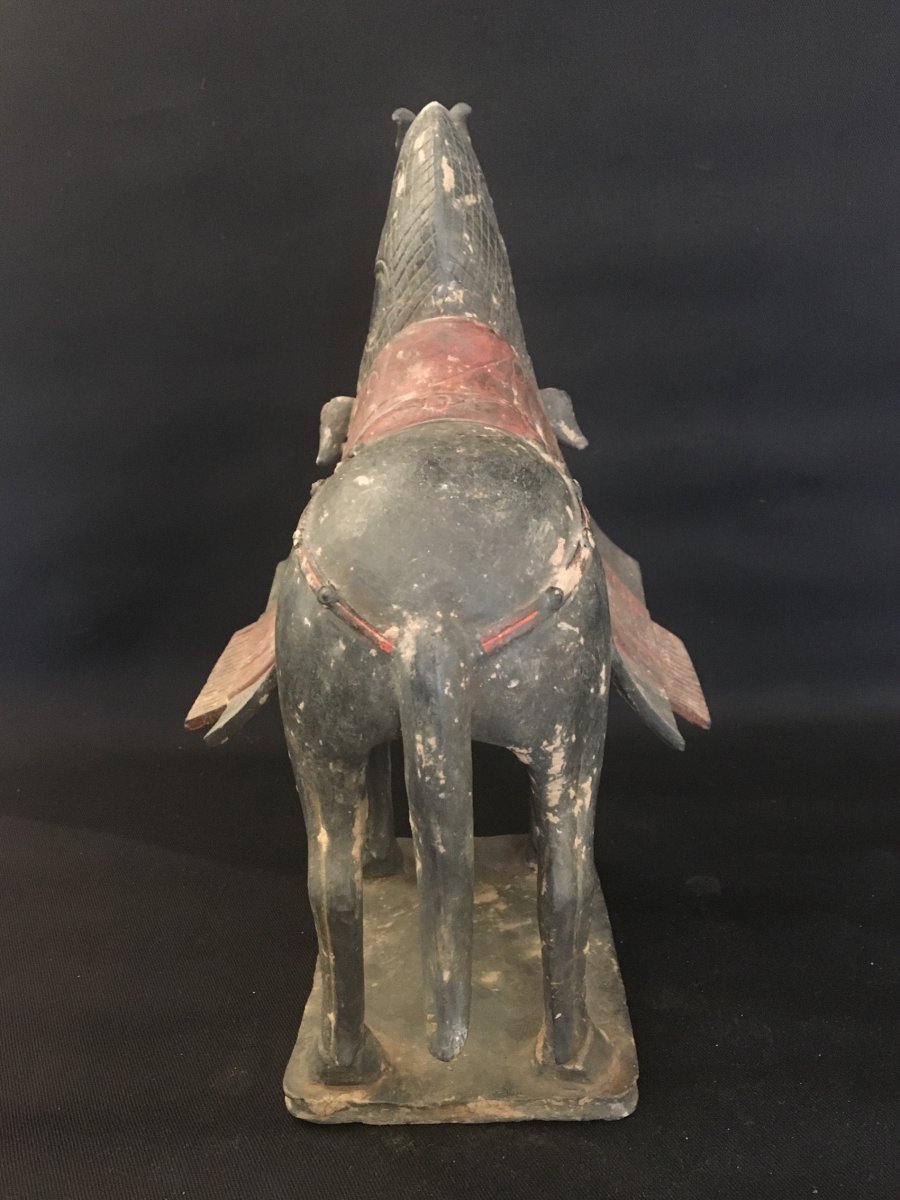




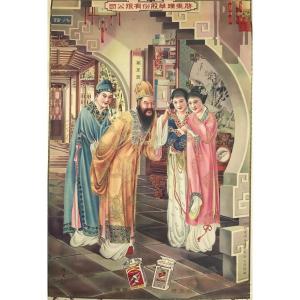

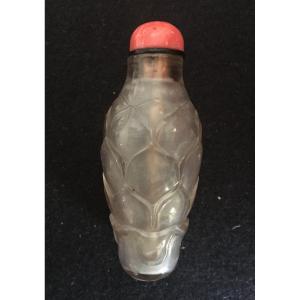

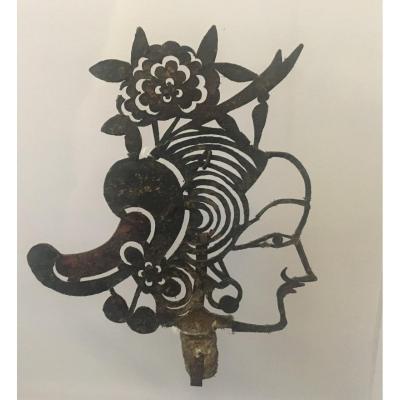
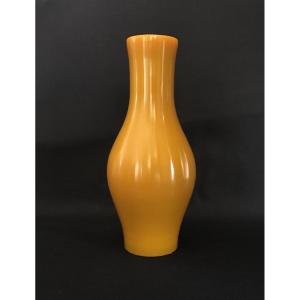
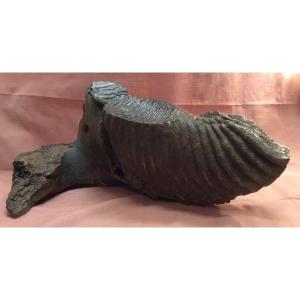
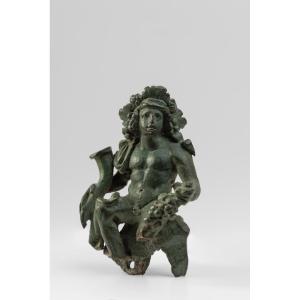


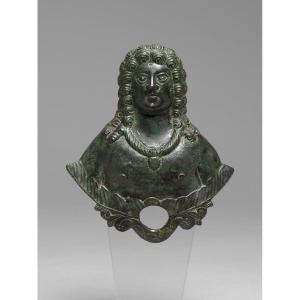
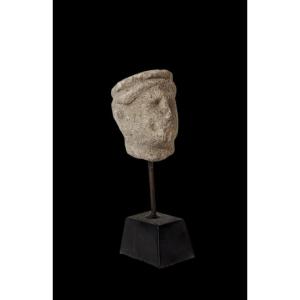




 Le Magazine de PROANTIC
Le Magazine de PROANTIC TRÉSORS Magazine
TRÉSORS Magazine Rivista Artiquariato
Rivista Artiquariato
